Free shipping order over 5000
Lantana
₨ 750 Original price was: ₨ 750.₨ 449Current price is: ₨ 449.
97 in stock
Scientific Name: Lantana camara.
Pot size: 12 inch.
Note: The pots shown in the pictures are not included. Only simple pots (mud pots) will be delivered.
97 in stock
+Important Keys
Light: Thrives in full sunlight, requiring 6-8 hours daily for optimal blooming. It can tolerate partial shade but may produce fewer flowers in low light.
Watering: Drought-tolerant once established. Water moderately, allowing the soil to dry out between waterings. Avoid overwatering, as it can cause root rot.
Temperature: Prefers warm climates with temperatures between 60-90°F (15-32°C). It does not tolerate frost and may need protection in colder areas.
Humidity: Adapts well to various humidity levels but prefers moderate humidity. It thrives in both dry and humid climates.
Soil: Grows best in well-draining soil with a slightly acidic to neutral pH (6.0-7.5). Sandy or loamy soil works well for lantana.
Fertilizing: Requires minimal feeding. Apply a balanced, slow-release fertilizer in spring if needed. Over-fertilizing can lead to excessive foliage with fewer blooms.
Pruning: Prune regularly to maintain shape, encourage bushy growth, and remove spent flowers (deadheading). Cut back heavily in late winter or early spring to rejuvenate the plant.
Pests: Can be affected by pests like whiteflies, aphids, and spider mites. Regular inspection and treatment with neem oil or insecticidal soap can keep pests at bay.
Propagation: Propagate through stem cuttings or seeds. Cuttings taken in spring or summer root well in moist, well-draining soil.
Growth: Typically grows as a shrub, reaching heights of 1-6 feet (0.3-2 meters). Some varieties are trailing and used as ground cover or in hanging baskets.
Flowers: Produces clusters of small, vibrant flowers in various colors, including yellow, orange, pink, red, and purple. The flowers often change color as they mature, adding visual interest.
Toxicity: Lantana is toxic to pets and livestock if ingested. Handle with care if planted in areas accessible to animals.
Uses:
- Popular in landscaping for hedges, borders, and ground cover.
- Attracts butterflies, bees, and hummingbirds, making it a great choice for pollinator gardens.
- Used for erosion control on slopes due to its spreading growth habit.
![]()
Related Products
-
-20%
Thai Jasmine
₨ 875Original price was: ₨ 875.₨ 699Current price is: ₨ 699. -
-20%
Yucca
₨ 1,250Original price was: ₨ 1,250.₨ 999Current price is: ₨ 999. -
-20%
Makai Patta
₨ 1,250Original price was: ₨ 1,250.₨ 999Current price is: ₨ 999. -
-57%
-
Out of stock -45%
Flower Designed Pot
₨ 1,800Original price was: ₨ 1,800.₨ 999Current price is: ₨ 999. -
-30%
Coir stick (نارئیل پائیپ)
₨ 500Original price was: ₨ 500.₨ 350Current price is: ₨ 350.
© 2024 Phool Panchi | Developed By v3Studio


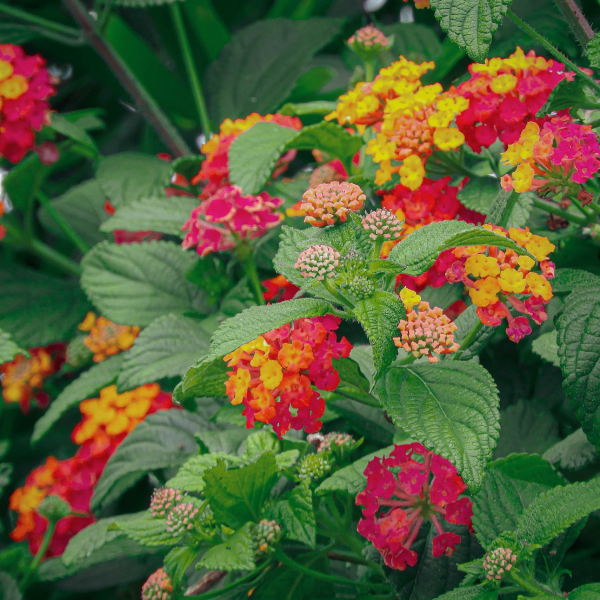
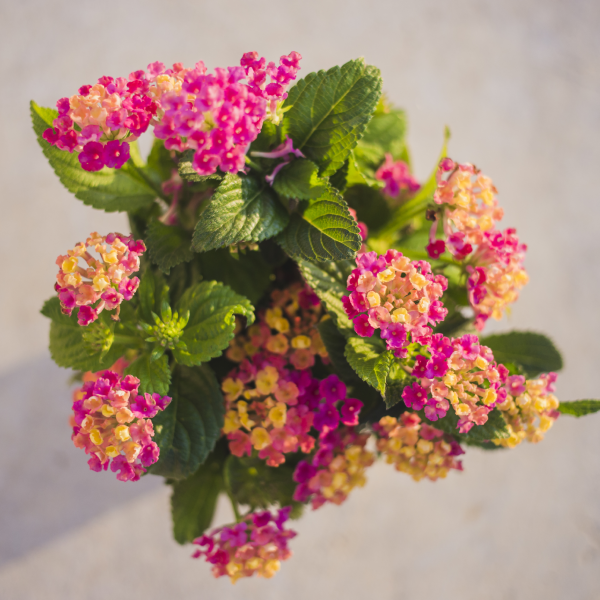

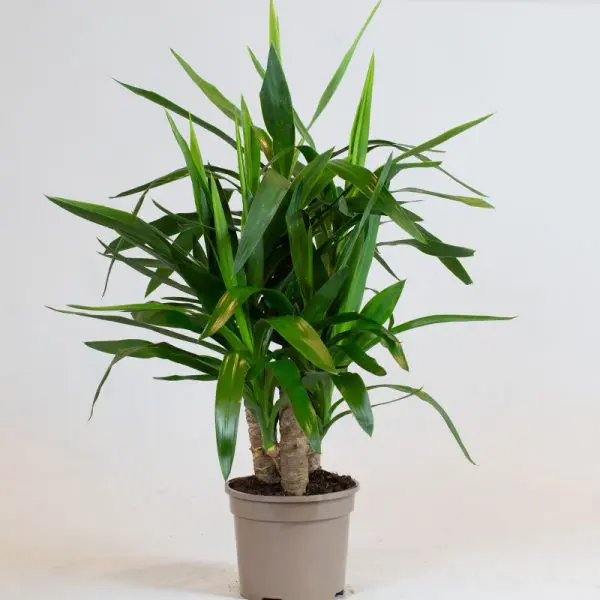
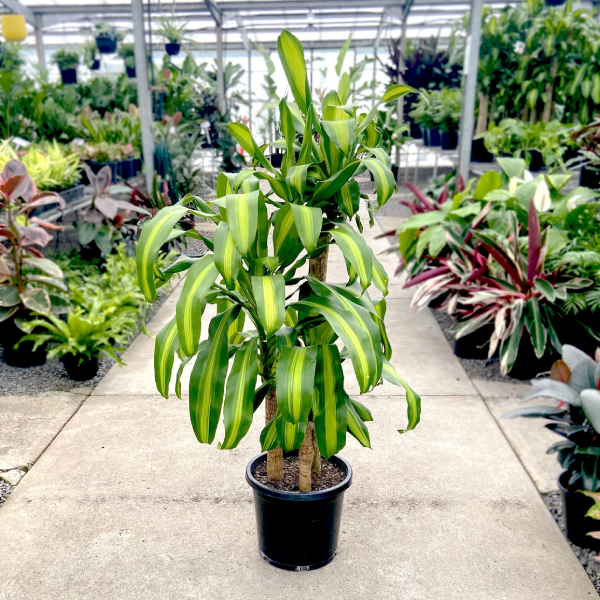

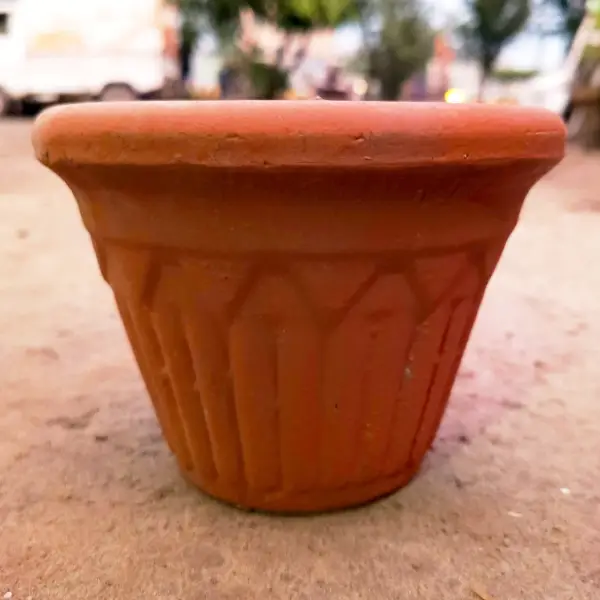


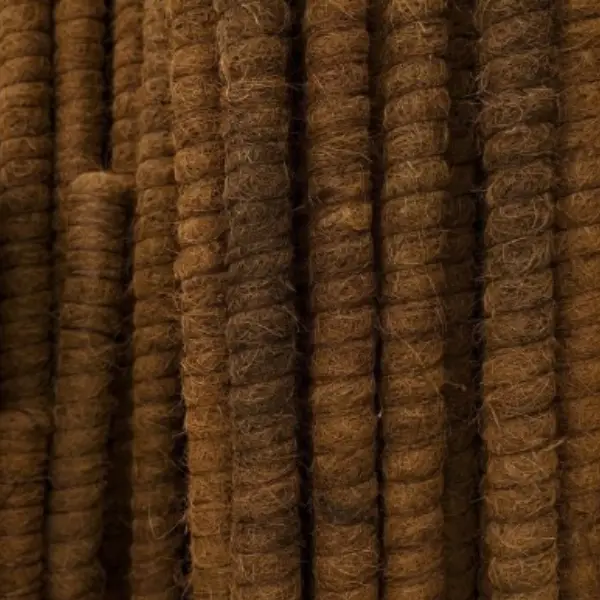
Reviews
There are no reviews yet.